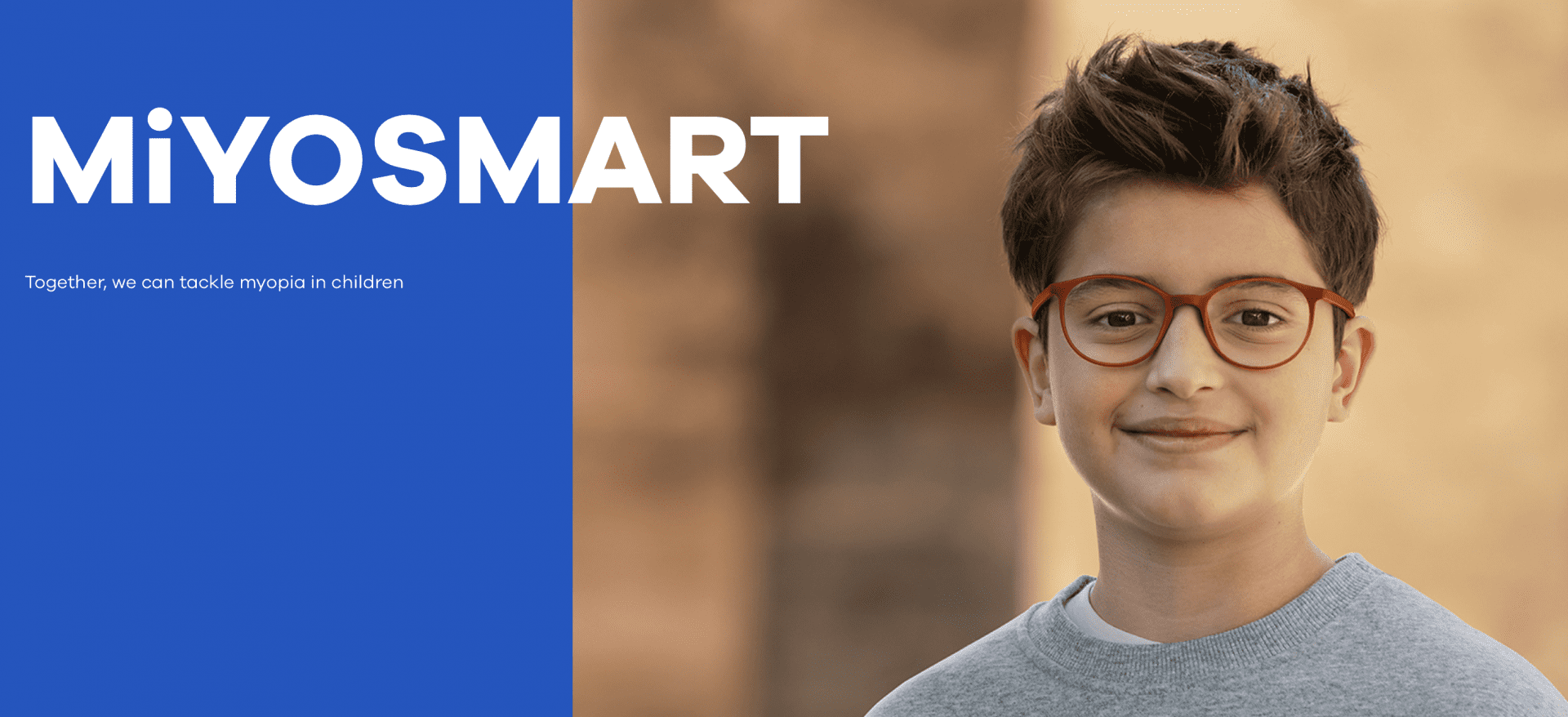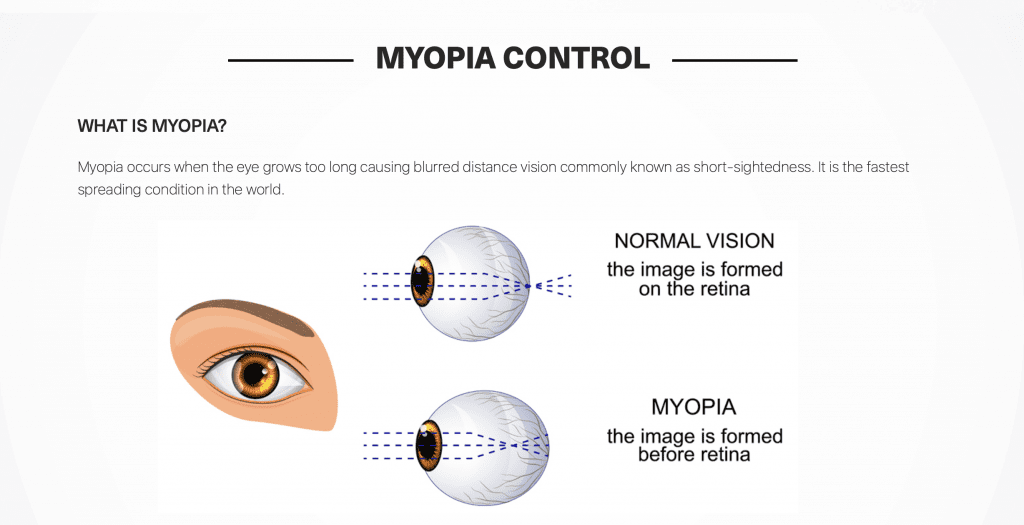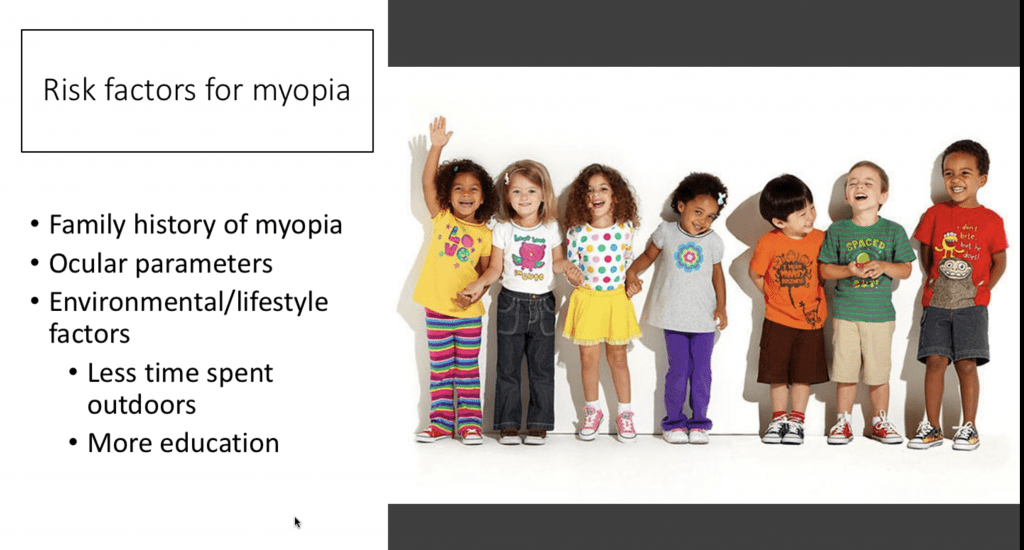
21 Oct Myopia Control Lenses for Children with advancing short-sight
Myopia Control.
There maybe a lot of parents concerned and perhaps confused about myopia control. What is it and why is there so much attention around this now?
Globally children are getting more shortsighted (myopic), at an alarming rate. There are many reasons but the obvious one is our indoor/knowledge lead lifestyles and the ubiquitous adoption of smart phones, in particular.
As a profession we are more concerned about the long term effects of going short sighted. Needing glasses is less of a stigma than it was and very acceptable now for a child to wear glasses. As the incidence of myopia increases and glasses become more stylish the more acceptable this will become more and more normal. We know also, laser corrective surgery is available, so a solution is possible, when the child is older, they will not need to wear glasses for life if they so wish. Contact lenses are available as an alternative or supplement to glasses etc.
This is to miss the point, the concern is not that more children need glasses or that they are becoming myopic earlier than the last generation, but the changes it is inducing in the eye, as it develops at an abnormally fast pace. Our eyes develop from birth, where our eyes are under-powered, strengthen and grow in the early years to a point, typically around 8, where the vision is fully formed. The eye at this stage should have a normal size and power i.e. the perfect length and size to function clearly at all distances.
Ireland has a leading research centre that is pioneering several methods of managing myopia in children. Below here is an image from their website CERI.ie that explains how a normal eye and a myopic eye differ.
This matter has grabbed a lot of attention so much so the World Council of Optometry issued a directive for optometrists to advise on the management of myopia in the population going forward
Who is at risk?
The rate of increase is staggering, it is estimated that myopia will affect almost 5 billion people globally by 2050. This figure is based on the increase we have already measured over the past 40 years, for example in Asia where myopia affected 20/30% of the population now affects over 95% of teenagers.
Statistics show that there is a 1:3 chance a child will be myopia if a parent is myopic and this rises to 1:2 or a 50% likelihood if both parents are myopic. Studies have shown children that spend most of their spare time indoors, perhaps on a device, are more likely to become myopic or if already myopic accelerate more rapidly in their myopia, rather than children that play outdoors. Perhaps the large open spaces allow the eye to relax and strengthens focusing on distance objects or linked to light/UV we don’t know exactly why.
What are the risks?
Like we already mentioned the risks are more related to the effects of the eyes development, than needing glasses. Myopic adults have an increased risk of developing many eye complications and disease such as cataracts, retinal detachment, central vision (macular) damage, glaucoma and optic nerve disease.
What can we do about it?
Research cannot advise us as optometrists to recognise the children that are at risk perhaps before they become myopic. We know the characteristics a normal eye of a 6 year old should be, so deviations from this or advanced development of this child is a strong indicator the child will become myopic. The length of the eye from front to back is the axial length and equipment allows us to measure this. Extended axial length is a standard measurement we use to estimate myopia development and progression in children. The sooner we intervene to slow the myopia, the greater the likelihood we can retard the axial length growth, this thus lessening the myopia.
What treatments are available?
First step is to establish if your child is at risk so take them along for an eye test. As mentioned there may be developmental signs that myopia is not far away or where the child is already myopic, and correctly you want to slow the progression. All of the treatments are designed to influence the axial length of the eye and retard its advancement.
- Contact lenses e.g MiSight from Coopervision
- Specialised glasses lenses e.g. MiYOSMART from Hoya
- Eye drops e.g low dose Atropine
- OrthoK Lenses
Feel free to contact us with any questions or concerns via email preferably Info@opticalrooms
If you want to book your child in for a consultation (€50) we would be happy to do this also.

